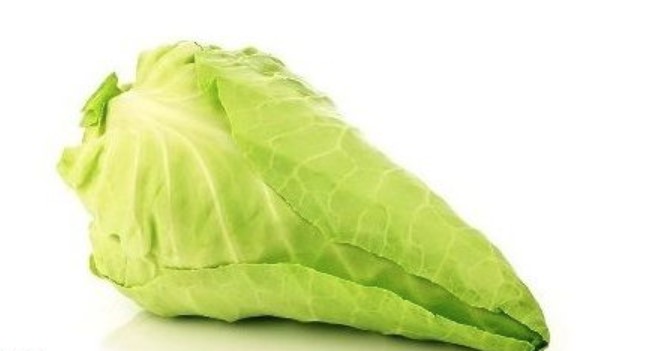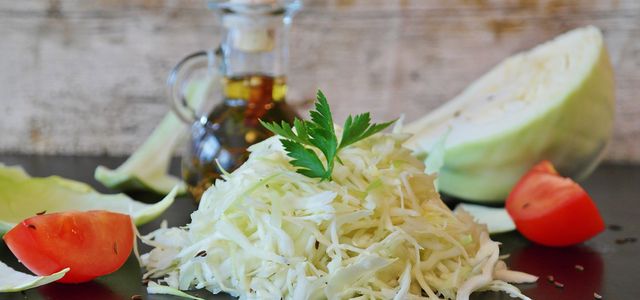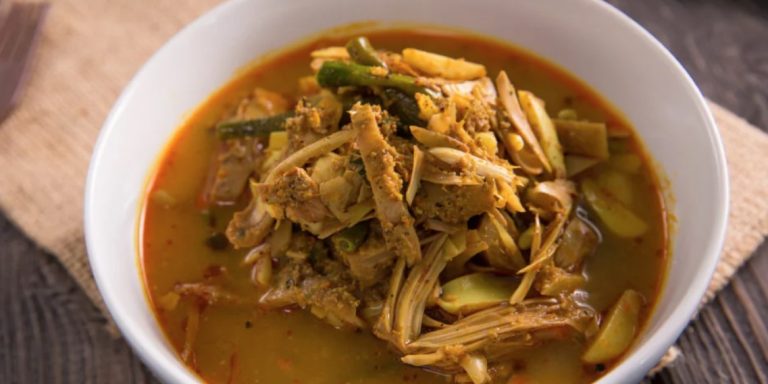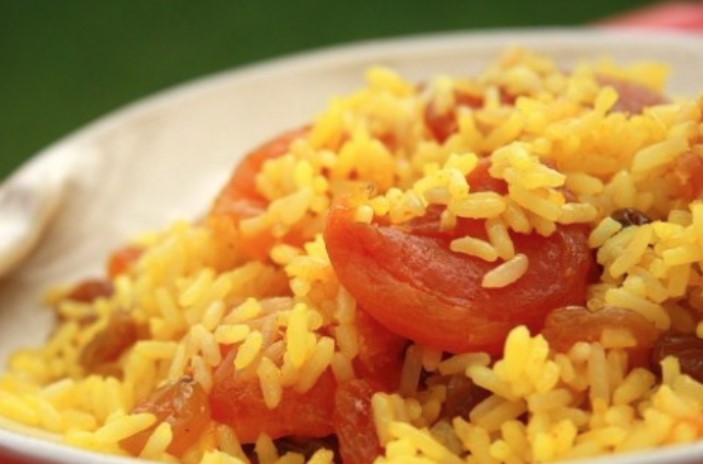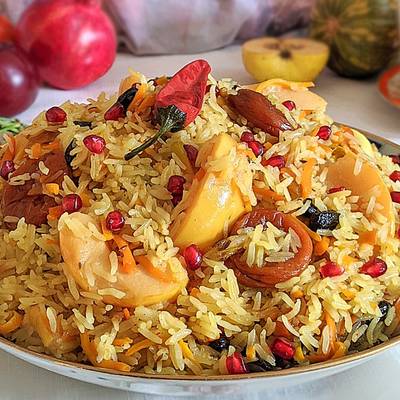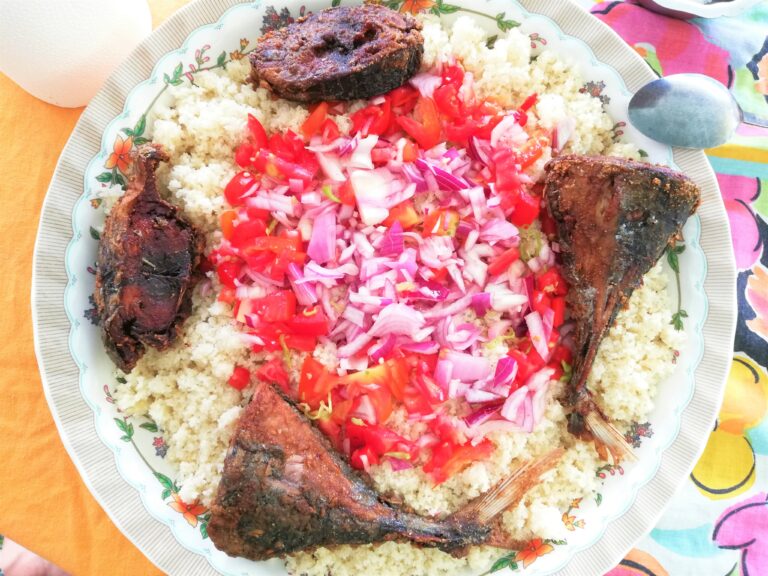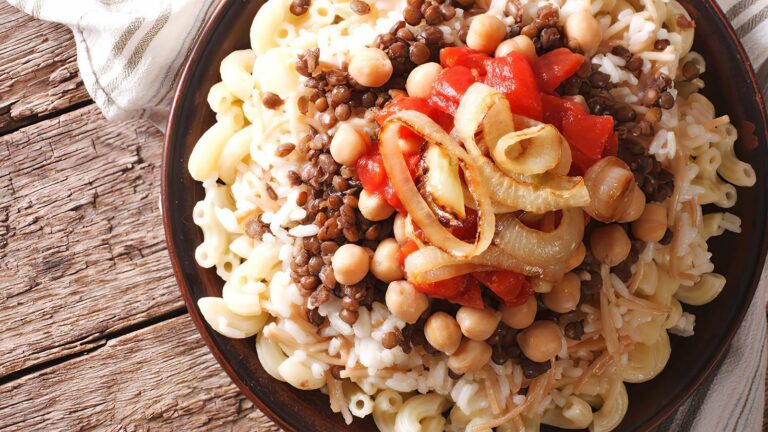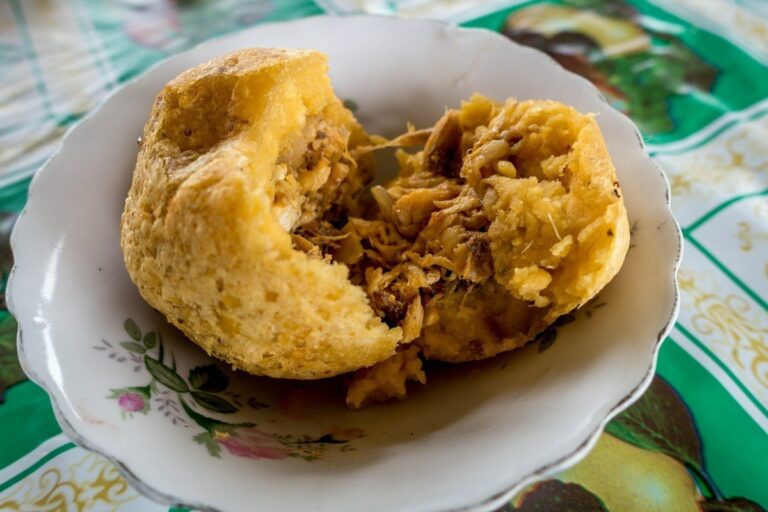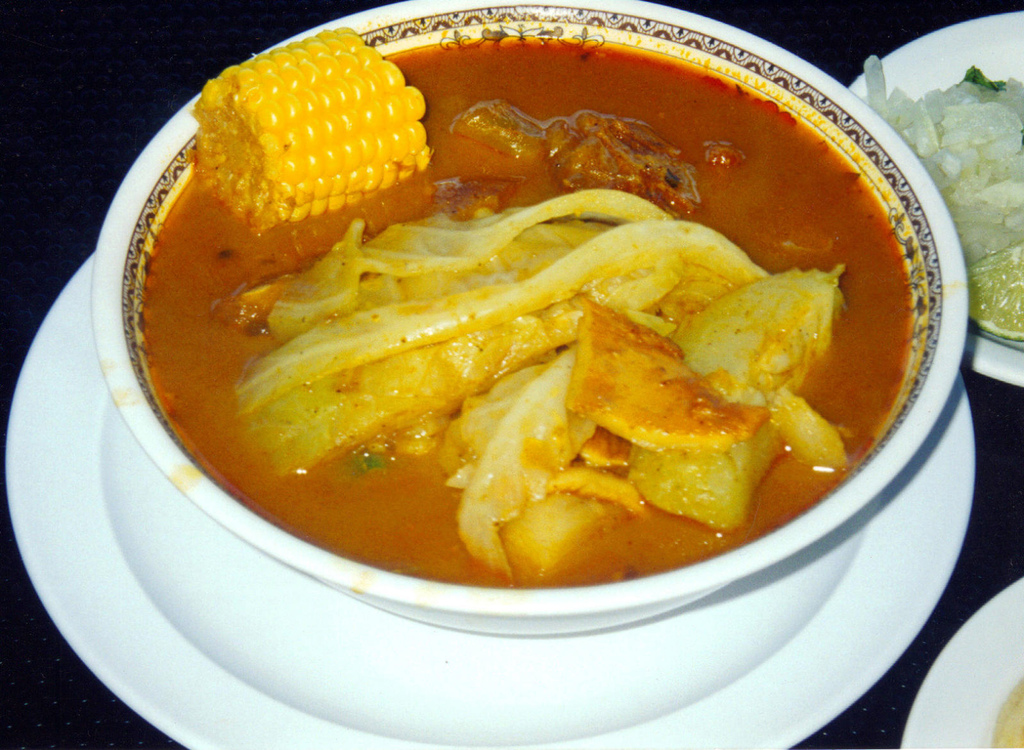Introduction to Llapingachos
Llapingachos are a traditional Ecuadorian dish made with mashed potatoes and cheese. The name “llapingacho” comes from the Quechua language, meaning “tortilla made of mashed potatoes.” This dish is popular throughout Ecuador and is often served as a main course or as a side dish.
One of the most distinctive elements of llapingachos is the use of achiote, a natural coloring agent that gives the mashed potatoes a bright yellow-orange color. The mashed potatoes are then filled with cheese, before being fried on a griddle or in a pan. The result is a crispy, flavorful exterior that contrasts with the creamy cheese filling.
Origin and History of Llapingachos
Llapingachos are believed to have originated in the central Andean region of Ecuador, an area known for its potato cultivation. The dish has been a part of Ecuadorian cuisine for centuries and is still a staple in many households today.
Llapingachos are often associated with indigenous cuisine, but they have been adapted and modified over time. Today, there are many different variations of llapingachos, with different ingredients and cooking methods used depending on the region of Ecuador.
Ingredients Used in Llapingachos
The main ingredients in llapingachos are potatoes, cheese, achiote, and peanut sauce. Other ingredients can include milk, butter, egg, and onion. The type of cheese used in llapingachos can vary, but it is typically a mild, semi-soft cheese such as queso fresco or mozzarella.
Peanut sauce is an essential accompaniment to llapingachos, and it is typically made with roasted peanuts, garlic, onion, aji (a type of chili pepper), and milk or cream. The sauce is creamy and slightly spicy, complementing the rich, savory flavors of the llapingachos.
Preparation of Llapingachos
To make llapingachos, potatoes are boiled until tender, mashed, and mixed with achiote, cheese, and other ingredients. The mixture is then formed into patties and fried until crispy on the outside. Peanut sauce is served on top of the llapingachos, along with a side of pickled vegetables.
While the preparation of llapingachos is relatively straightforward, it can be time-consuming. To save time, some cooks use pre-made mashed potatoes or purchase pre-made llapingacho patties.
Nutritional Value of Llapingachos
Llapingachos are a hearty and filling dish, but they are also relatively high in fat and calories. The cheese and peanut sauce in particular contribute to the dish’s caloric content. However, llapingachos are also a good source of carbohydrates and protein, thanks to the potatoes and cheese.
To make llapingachos a bit healthier, some cooks use low-fat cheese or omit the peanut sauce. Additionally, llapingachos can be served with a side of steamed or roasted vegetables to balance out the meal.
Serving and Pairing Suggestions for Llapingachos
Llapingachos are often served as a main course, but they can also be served as a side dish. They pair well with a variety of foods, including grilled meats, roasted vegetables, and salads.
When serving llapingachos, it’s important to offer plenty of peanut sauce on the side, as this is an essential component of the dish. Pickled vegetables (such as onions, carrots, and cauliflower) are also a common accompaniment.
Cultural Significance of Llapingachos
Llapingachos are more than just a delicious dish – they also have cultural significance in Ecuador. The dish is often associated with indigenous cuisine and is a symbol of the country’s culinary heritage. Llapingachos are also a popular street food, sold by vendors in markets and on street corners throughout Ecuador.
In addition to their cultural significance, llapingachos are also a social food. They are often prepared for special occasions such as festivals, family gatherings, and religious ceremonies. Sharing a plate of llapingachos is a way to connect with others and celebrate Ecuadorian culture.
Conclusion and Final Thoughts on Llapingachos
Llapingachos are a delicious and satisfying dish that represents the culinary heritage of Ecuador. While they may be high in calories, llapingachos can be made healthier by using low-fat cheese and serving with a side of vegetables. Whether enjoyed as a main course or as a side dish, llapingachos are sure to delight the taste buds and provide a glimpse into the rich culture of Ecuador.






